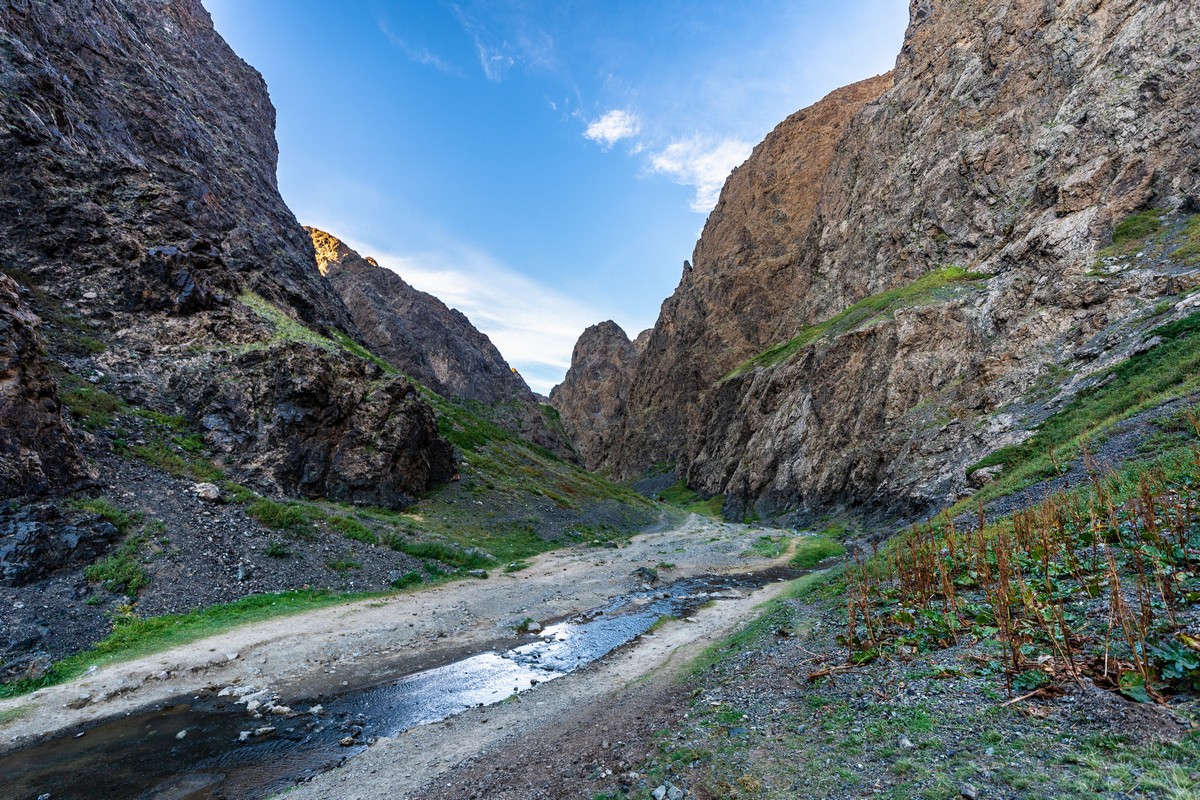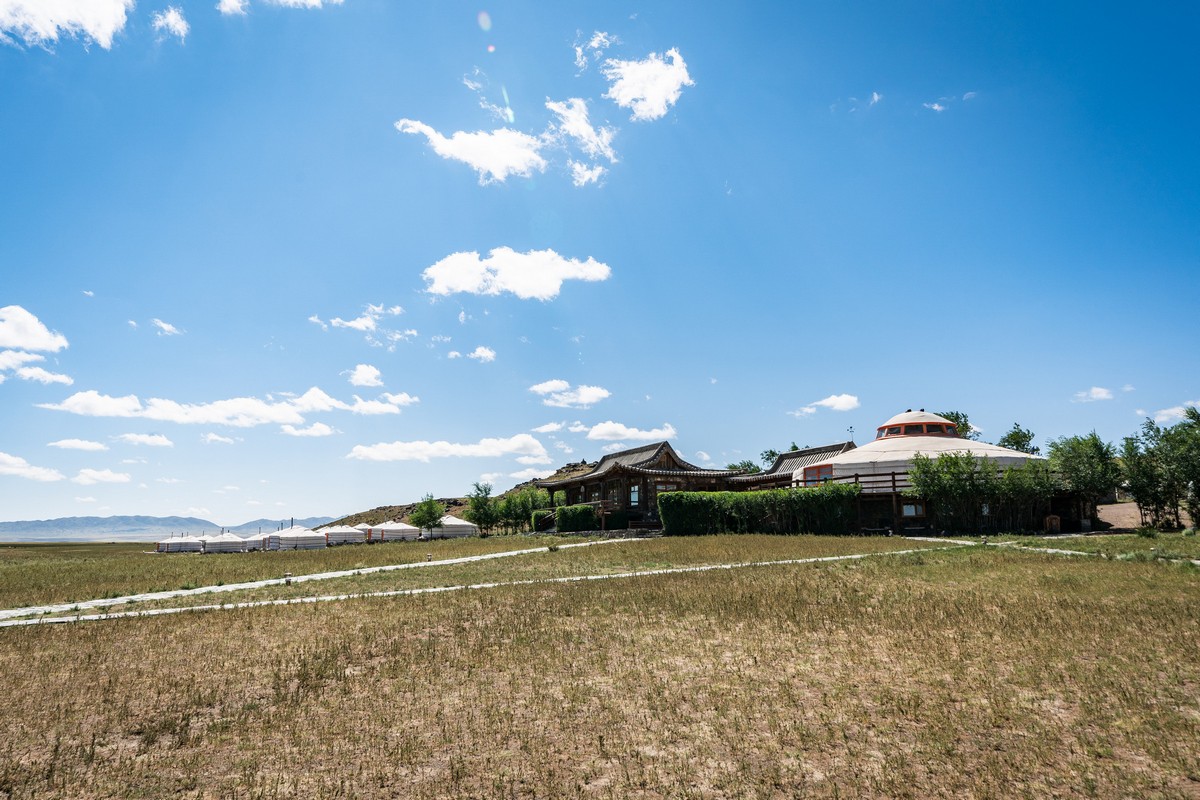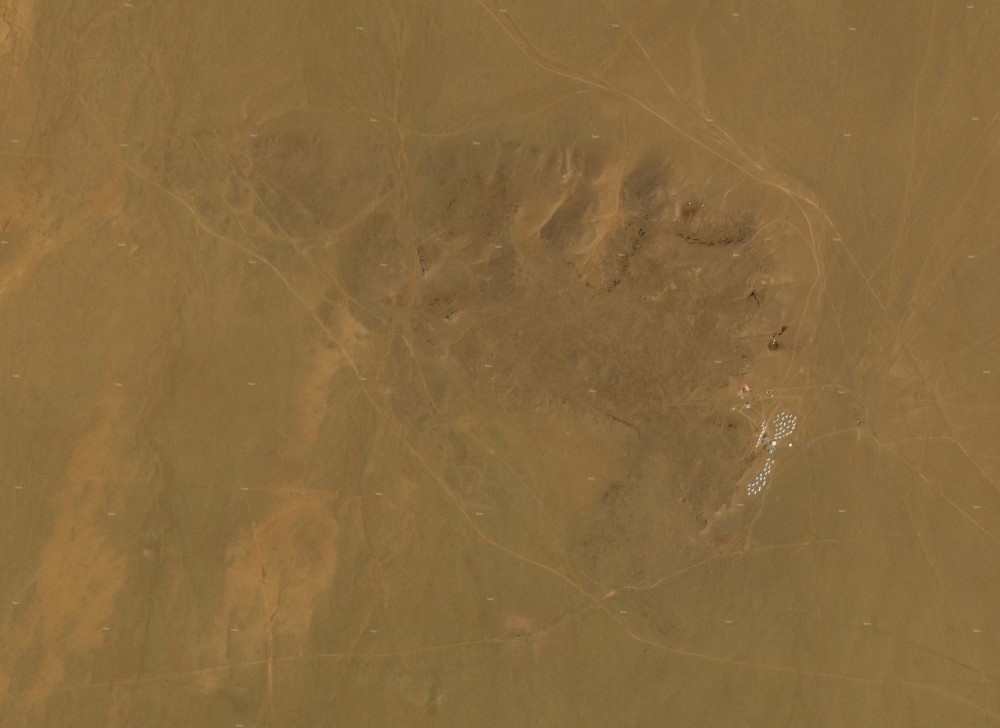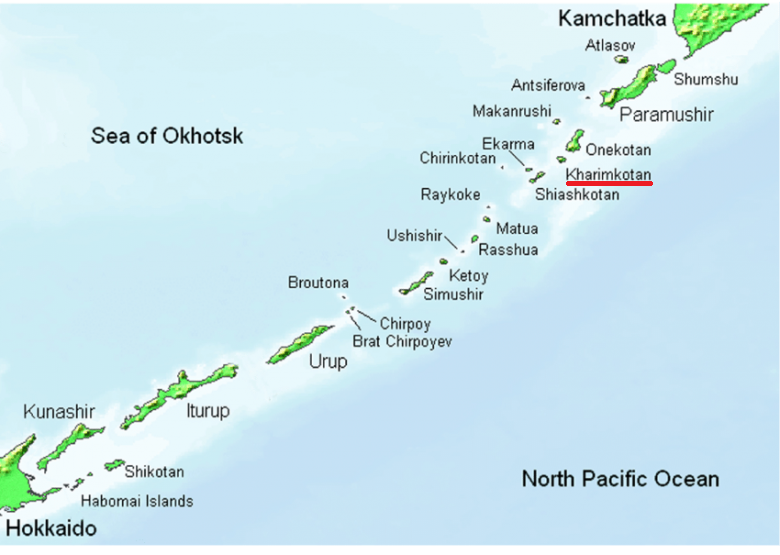October 3, 2019
October 1, 2019
Ushishir: the jewel in the Kurilian crown.
The next stop on our Kuril-2019 adventure was the unparalleled Ushishir! One of the most beautiful locations in the Kurils; one of the most beautiful locations in the world. And If I were ever to compile a ‘Ten Most Beautiful Volcanoes in the World’ list (hmm – now there’s an idea!), Ushishir of course would be on it, and could even be at the top of it.

Actually, yes. Striking while the iron’s hot – let me quickly write up that list! I’ve seen all the world’s mega-volcanoes, so why not?
September 30, 2019
The jiggery-pokery of the volcano called Raikoke.
Every single island of the Kuril archipelago is volcanic. Each island came about due to volcanism; and most islands have one, two, three or more volcanoes on their territory, some being among the most beautifully symmetric (e.g., ideal pyramids) in the world. Many of the volcanoes are active – with lava-spewing eruptions occurring regularly. One such active island-volcano is Raikoke – an island with a real checkered (green and black – as you’ll see:) history – literally.

September 28, 2019
On Lovushki – scenes surreal: a paradise for the seal!
Hi folks!
The topic of today’s post – these cute little charmers:
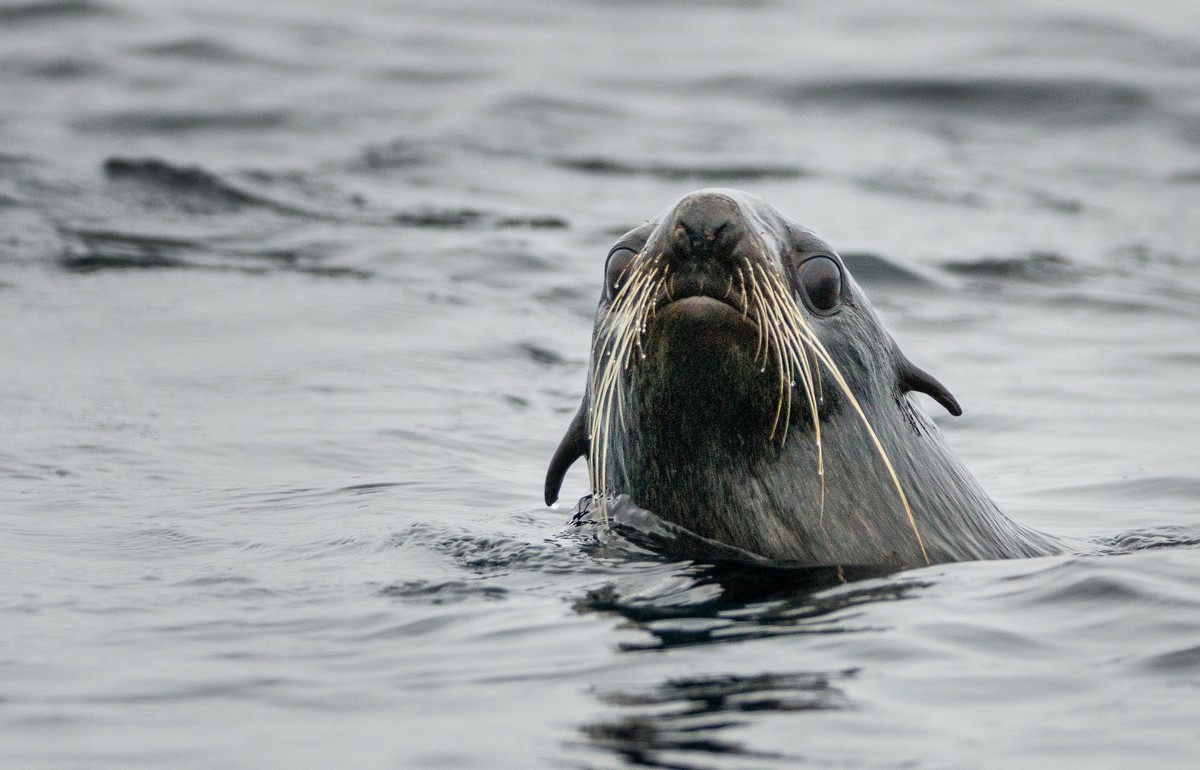
https://www.instagram.com/p/B1olBCjAUGA/?utm_source=ig_embed
But first, some intro….
September 26, 2019
Dinosaurs, temples, and one too many a car – in Ulaanbaatar.
Farewell Gobi. Time for us to wrap up Mongolia – so we headed to its capital…
The whole population of Mongolia clocks in at around three million folks. Around half of those all live in the capital – Ulaanbaatar – which means, incidentally, ‘Red Hero’. Yes, a big city it is, and there’s plenty to see here too. We started, perhaps logically, with a Buddhist temple of worship – the Gandantegchinlen Monastery.
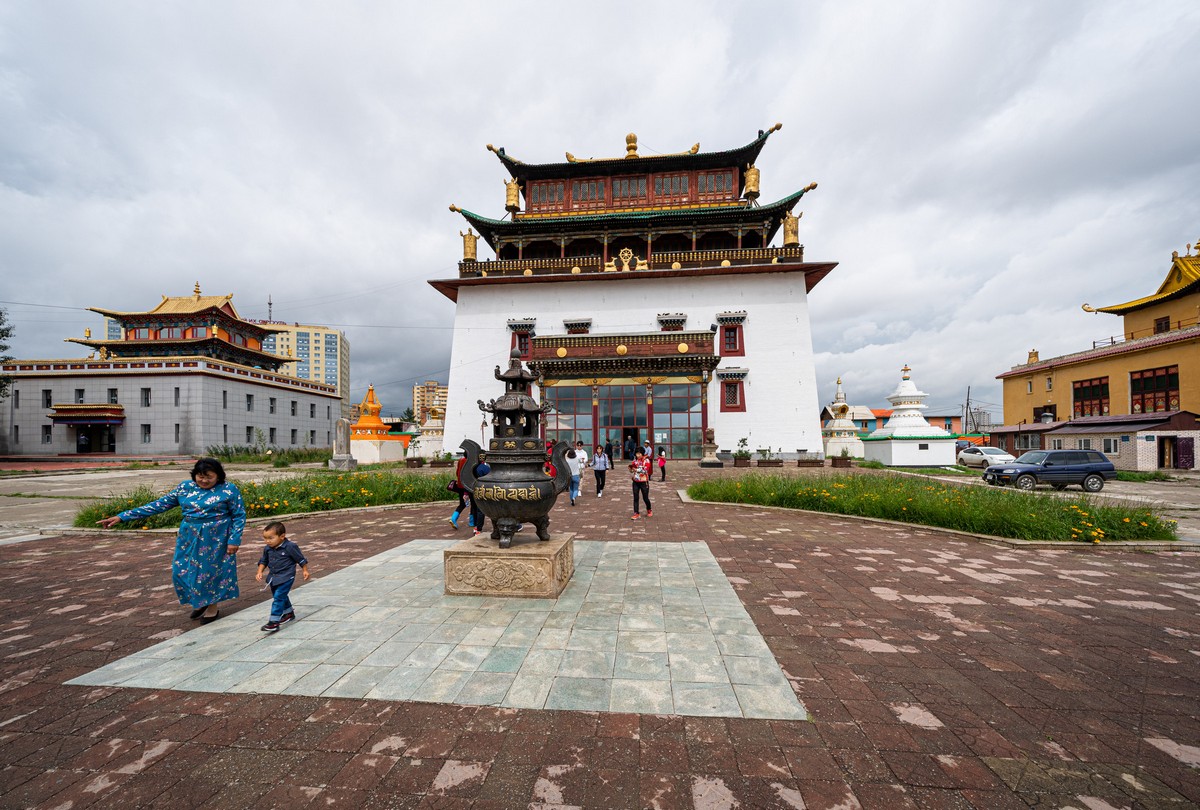
September 25, 2019
For the remoteness connoisseur: an overnight stay in a Mongolian yurt – a ger.
I anticipate a few logical questions re our lodgings during our few days in Mongolia: what kind of yurts (in Mongolian a yurt is a ger, btw) did we stay in while in the Gobi Desert? Were they comfortable? Were they cozy? Were they warm? Were the beds comfy? Was the home-made bread tasty? Were your hosts hospitable?…
Ok; herewith, what I found out about yurts ->
First off – perhaps the most striking thing about yurts: the fact that you must enter or leave one with the right leg first! The same goes for hands, as in – you must give something to or take something from someone inside a yurt with the right hand – never the left. Such are the nomadic customs round here. I’m sure there are plenty of others, but we only got to find out about the main ones.
The second most striking thing: what you’re served to drink in a yurt – camel kefir! Tasty it is too. Goes down real well with freshly baked pita bread.
Generally, your nighttime experience in the Gobi Desert may be comfortable – or not. For example there are cozy nomad’s yurts with camels and goats tethered next to them; staying in one of these is comfortable. You may, instead, find yourself lost in the steppe with no map, compass or sat-nav; such an experience at night is the uncomfortable, scary variant ). The third variant is staying at the equivalent of a five-star hotel in the Gobi Desert, for example at Three Camel Lodge. As you can see – this is another comfortable variant.
Here it is!
Oh my Gobi: you can’t get more ‘middle of nowhere than this. I wonder, is this the world’s most remote hotel?! Certainly one of them!
September 24, 2019
The extraordinary story of Kharimkotan glass floats.
The islands of Atlasov, Paramushir, and Onekotan – already inspected. So what was next on our southward trajectory along the Kurils? Well, there was plenty to go on: there were another 50+ islands left! However, not all of them are interesting. For example, just south of Onekotan (with its Krenitsyna) there’s the island of Kharimkotan. Here it is in fine weather:
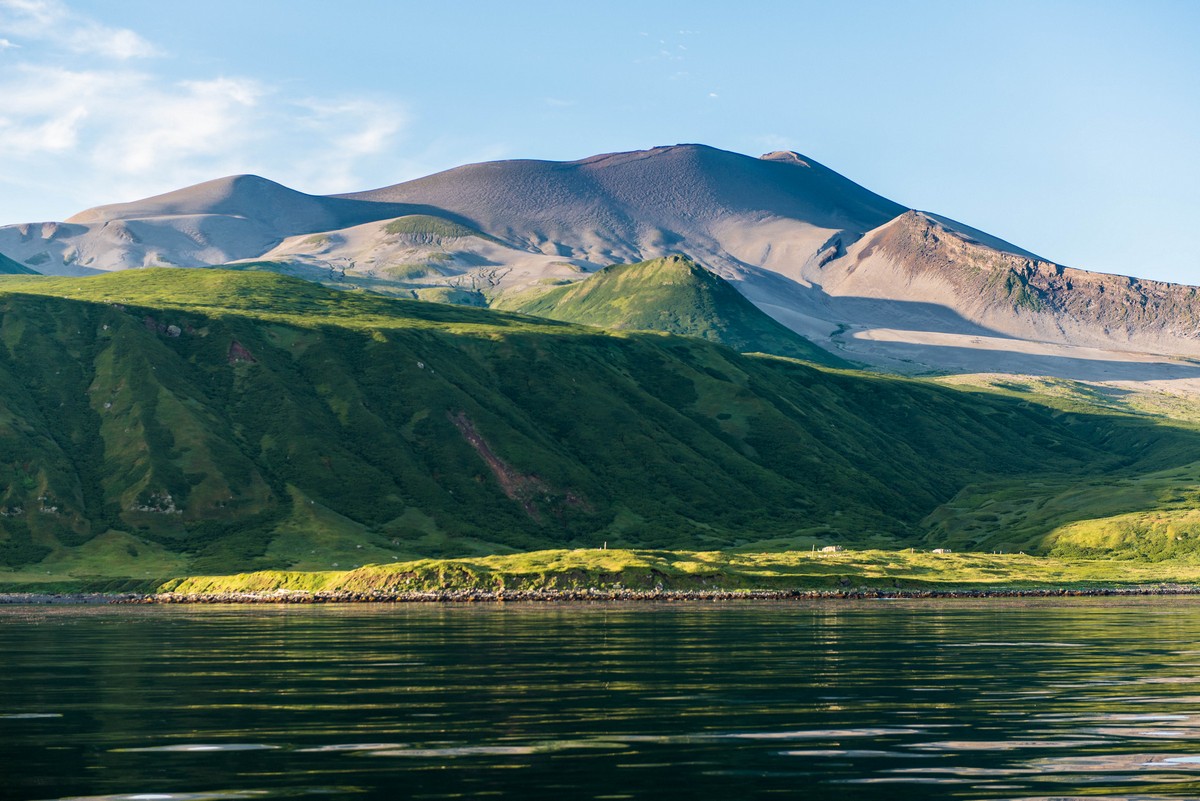
And here it is on Google Maps.
September 23, 2019
Gobi: lazy afternoon – treading barkhan dune.
Cайн уу folks!
Herewith, another installment from the one and only Gobi Desert, southern Mongolia (btw, did you know it also stretches into northern China?). Flat, vast, middle-of-nowhere, bewitchingly beautiful, in places – marvelously magical. Steppe, mountains, valleys, dunes… and barkhans. What, Hans?! Barkhans! These are a particular type of dune – crescent-shaped ones. Here they are – the magnificent Moltsog dunes.
September 20, 2019
Backward-flying seagulls; whales, trout, cod, turquoise sea… and the Death Star prototype.
Hi folks,
Onward I narrate about our expedition round the Kurils this summer…
The weather on the Kurils is unpredictable, for sure. For most of the previous two days, up on the caldera of the King of the Volcanoes, the weather couldn’t have been pleasanter. This day, on the other hand – just the opposite: the wind was blowing a gale, and the rain was pouring down in torrents. Still, I won’t go over the wicked Kurilian weather again; I’ve mentioned it plenty before, including here. Nothing to add – apart from the fact that nothing has changed ).
Anyway, on this day of hurricanes-and-raining-cats-and-dogs, we had planned an inspection of Onekotan‘s Nemo Peak, and possibly even a climb to the top of it, since it’s not so tall (a little over 1000 meters). However, the weather failed to grant us permission (.
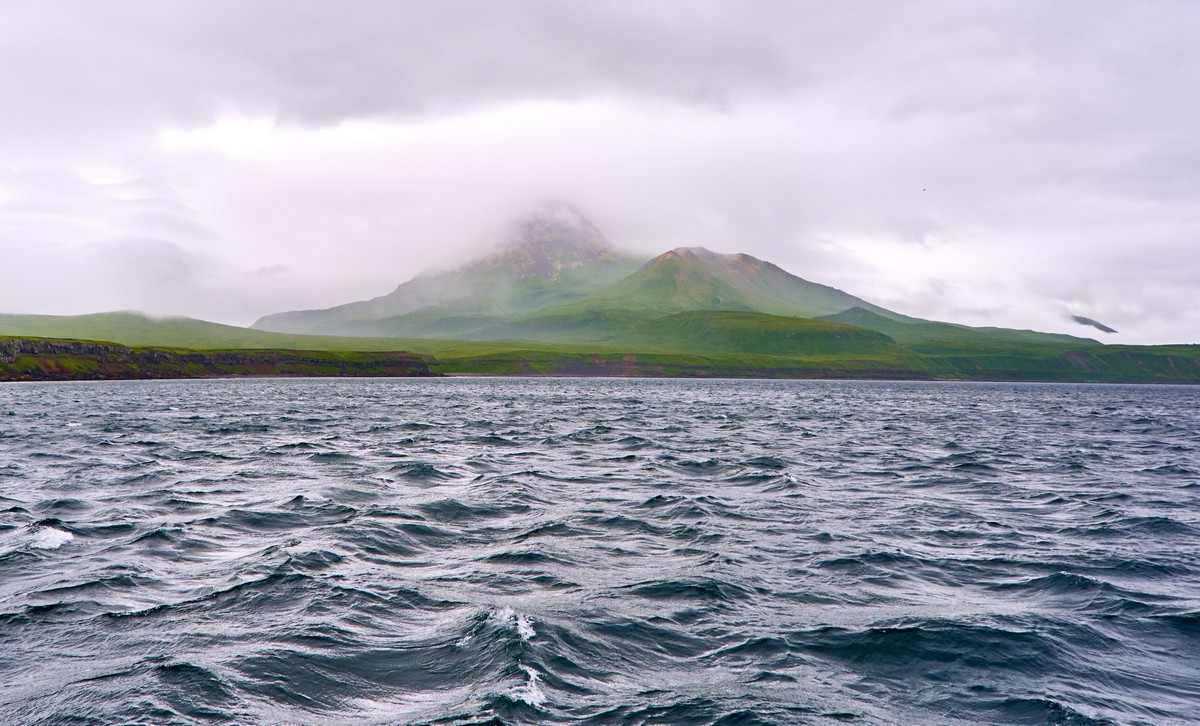
September 19, 2019
Gobi Desert: Yolyn Am – a gorge that’s gorge!
I may have popped to the next-door continent briefly, but, as I’ve told you before, that doesn’t mean I’m finished quite yet with my tales from the Central Asian side. Accordingly, I continue them from the Gobi Desert; specifically, from Yolyn Am – the deep, narrow gorge in the Gurvan Saikhan Mountains in southern Mongolia – here.
